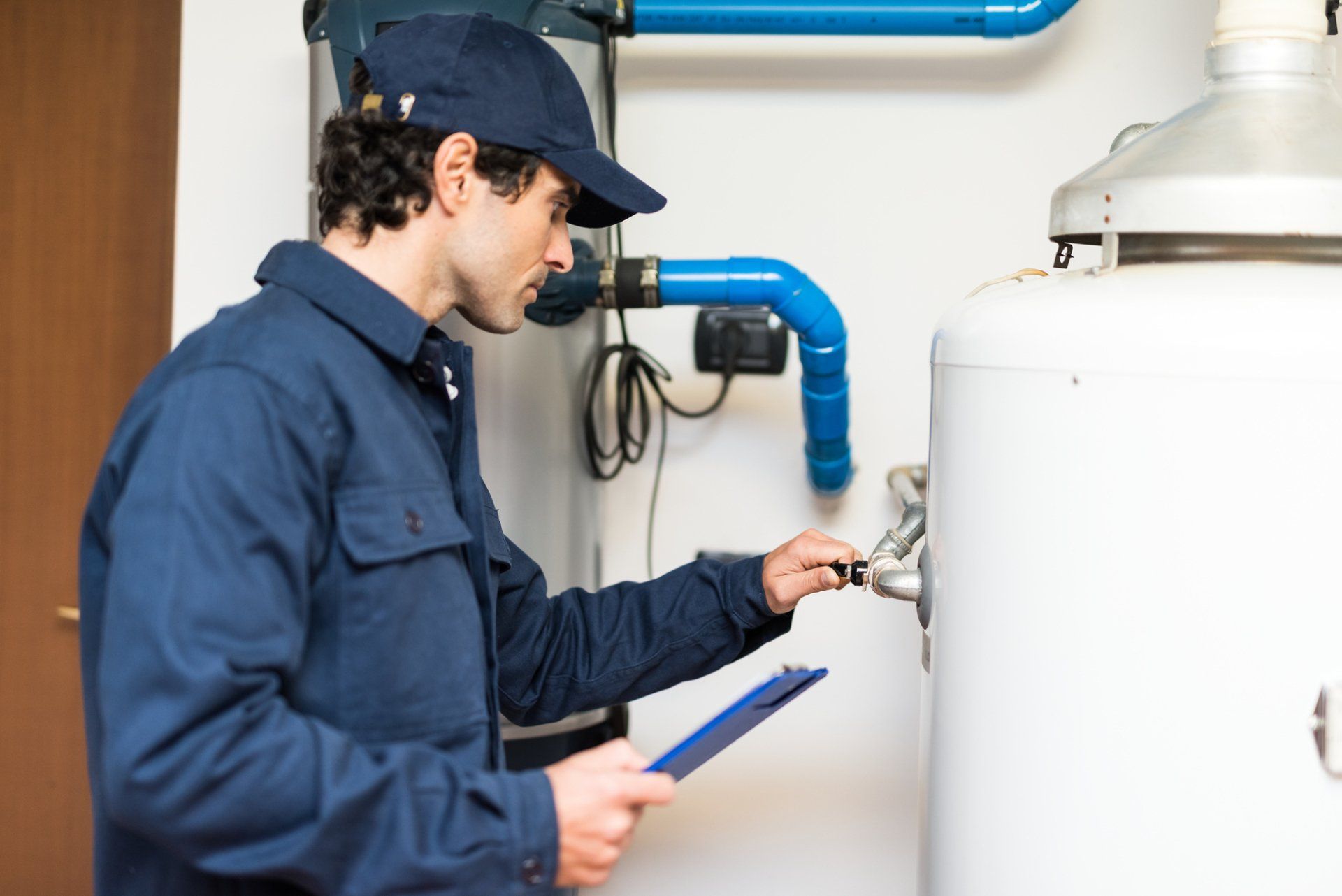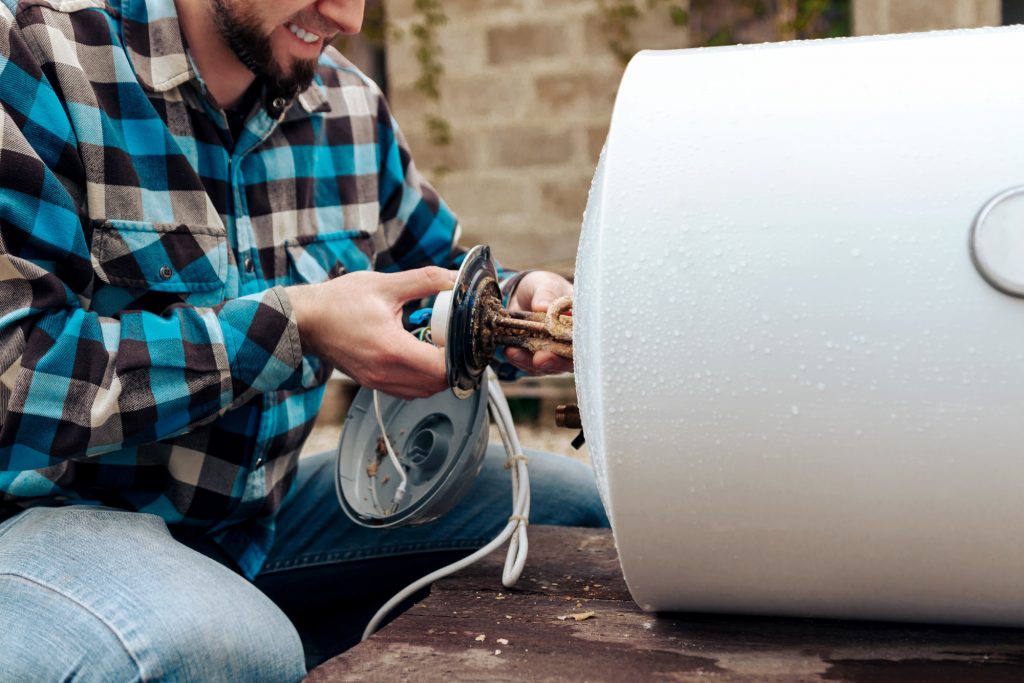How do you feel about Warning Signs You Need Water Heater Repairs?

A water heater is one of the most important fundamental home appliances that can be found in a residence. With hot water heater, you don't require to go through the tension of heating water manually every time there is a requirement to take a bath, do the laundry, or the dishes. Nevertheless, there is constantly a possibility that your water heater would certainly act up just like the majority of mechanical devices.
It is necessary to note any little malfunction as well as tackle it quickly before points leave hand. Many times, your hot water heater begins to malfunction when there is a build-up of sediments as a result of continual use. As a safety measure, periodic flushing of your hot water heater is advised to avoid sediment build-up and stop functional failure.
Common hot water heater emergency situations and exactly how to take care of them
Insufficient hot water
It may be that the water heating system can not sustain the hot water need for your home. You could update your water heating system to one with a larger ability.
Fluctuating water temperature.
Your water heating unit can start creating water of various temperatures typically ice hot or cold warm. There may be a demand to replace either the thermostat or the home heating device of your water heating system.
Leaky hot water heater storage tank.
In this situation, you need to transform off your water heating system, allow it to cool down, and thoroughly look for the source of the trouble. At times, all you require to do is to tighten a few screws or pipeline links in cases of small leakages. If this does not function and the leak lingers, you might require to use the services of a service technician for an ideal replacement.
Stained or odiferous water
When this occurs, you require to understand if the concern is from the water or the tank resource. If there is no funny smell when you run cold water, then you are particular that it is your water heating system that is damaged. The odiferous water can be triggered by rust or the accumulation of microorganisms or sediments in the water heater tank.
Conclusion
Some home owners disregard little caution and minor faults in their water heater device. This only leads to further damage as well as a possible total break down of your appliance. You should handle your water heater faults as soon as they come near avoid more costs as well as unneeded emergency difficulties.
With water heating systems, you do not need to go with the anxiety of home heating water by hand every time there is a need to take a bath, do the washing, or the dishes. It may be that the water heater can not support the warm water demand for your home. Your water heating unit can begin generating water of different temperature levels typically ice chilly or scalding hot. If there is no funny scent when you run cold water, then you are specific that it is your water heating unit that is faulty. The stinky water can be created by rust or the accumulation of microorganisms or debris in the water heater storage tank.
Common Water Heater Issues and What You Should Do
What Type of Water Heater Do You Have?
Before we begin it’s first important that you identify the type of water heater you have on your property. There are two main types of water heaters out there: conventional and high efficiency.
Both of these types of products typically use either gas or electricity to heat power. There are also solar water heaters that use a thermal collector on the roof or yard to heat the water.
While these models are not as common, they can cut heating costs in half. In this article, we will focus on conventional and high efficiency.
How Do My Electric and Gas Water Heater Work?
Though they look similar, electric and gas water heaters work very differently. It’s important to know their basic function because often problems can be specific to the heating source.
In the electric model, a thermostat on the side of the machine detects the temperature of the water in the tank. When the temperature needs to rise electricity flows to a heating element suspended in the water.
Gas models also use a thermostat device — typically with a mercury sensor at the tip and an additional sensor called a thermocouple. The thermocouple detects whether the pilot light is on and controls the flow of gas.
When the thermostat drops below the appropriate level gas is released which becomes ignited by the pilot light. The flame heats the bottom of the water tank which causes hot water to rise and cold water to drop.
This natural circulation continues until the water reaches the desired temperature. Then, the thermostat triggers the gas control valve to shut off the flow of gas.
What Are the Most Common Issues and How Do You Fix Them?
https://happyhiller.com/blog/common-water-heater-issues-and-what-you-should-do/

Do you like reading about The Importance of Water Heater Maintenance? Make a review down below. We will be pleased to hear your thoughts about this entry. In hopes that you come back again in the near future. Feel free to take the opportunity to promote this content if you enjoyed it. Thanks a lot for your time. Please stop by our blog back soon.
Browse Website